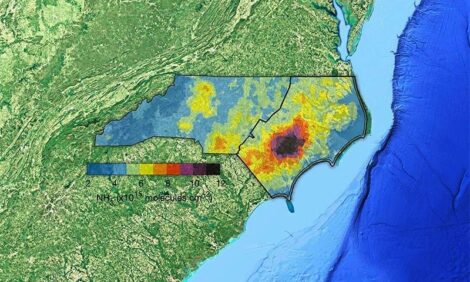



Consistent improvement of reproductive performances following CIRCOVAC® vaccination
Following the provisional licensing of CIRCOVAC® in Germany in 2004, an improvement of reproduction performances was consistently reported by farmers and veterinarians, without any history of reproductive failure associated to PCV2.Large-scale field study
A large-scale field study was set-up to assess this unexpected effect. 277 sow-farms that had been using Circovac® for at least 6 months were included (Joisel, 2008).
The data collected covered the period from one year before vaccination and 6 to 12 months after the first vaccine injection. A significant improvement was observed for all reproduction parameters analysed (see table 2), except for the number of stillbirths.

On average, the number of piglets weaned per sow per year increased by 1.13 (p=0.0001). Similar data, obtained from pig farming organizations over the same period, did not show an improvement of performances in the German Swine industry. These results are statistically powerful, owing to the number of farms included in the study. In Denmark, another large-scale study also confirmed the positive effect of Circovac® vaccination on productivity.
34 Danish herds analysed
In 34 PMWS-positive Danish herds, a farm record analysis included a total of 14,510 sows (Kunstmann & Lau 2008). The herds started vaccinating between July 2006 to May 2007, 30 of them using a mass vaccination programme.
The number of piglets weaned per sow per year increased after vaccination, and returned to national levels. This also applied to the wean-toslaughter mortality rate, after 2 to 5 months (see table 3).

Three other PMWS-positive herds from North Jutland (Denmark) observed the same positive effect of Circovac® vaccination on sow performances. All of them started Circovac® vaccination in May 2007.
Performance parameters from October 2006 to November 2007 were analysed, and were expressed as an average of monthly results before and after vaccination (Bech & Kunstmann 2008). In all three herds, returnto- oestrus rates were better than the national average. Vaccination improved all reproductive performances (see table 4), and return-toestrus was improved even further.

Taken together, these studies confirm that PCV2 may impair reproductive performances in a subclinical way, probably independently from the occurrence of PMWS in the progeny of these animals. They also convincingly demonstrate that consistent Circovac® vaccination helps in alleviating this "circoviral" effect.
July 2008







